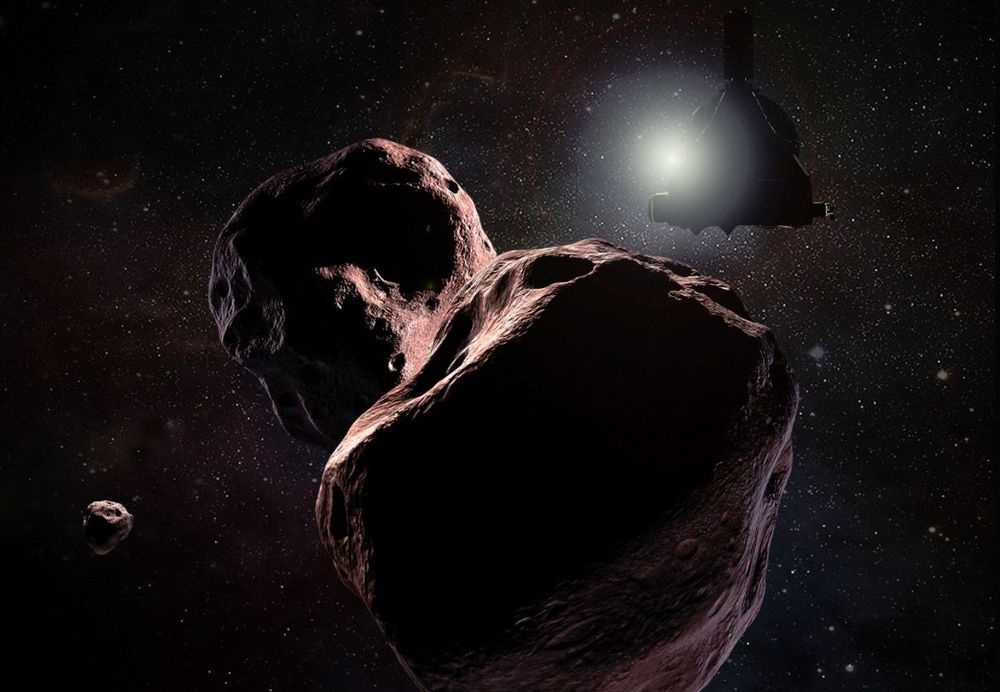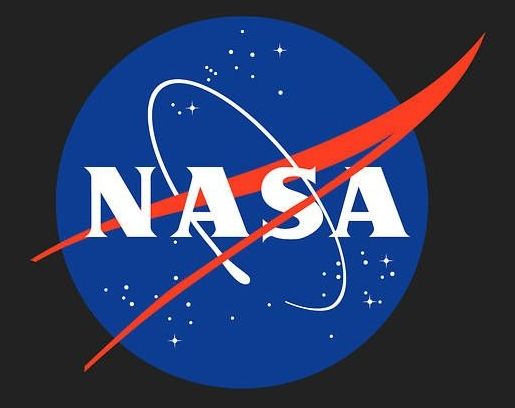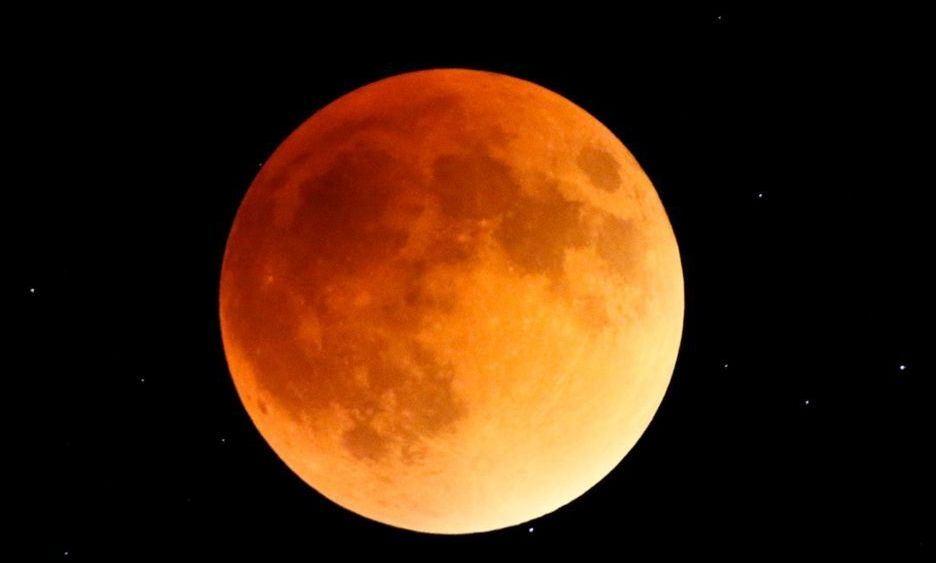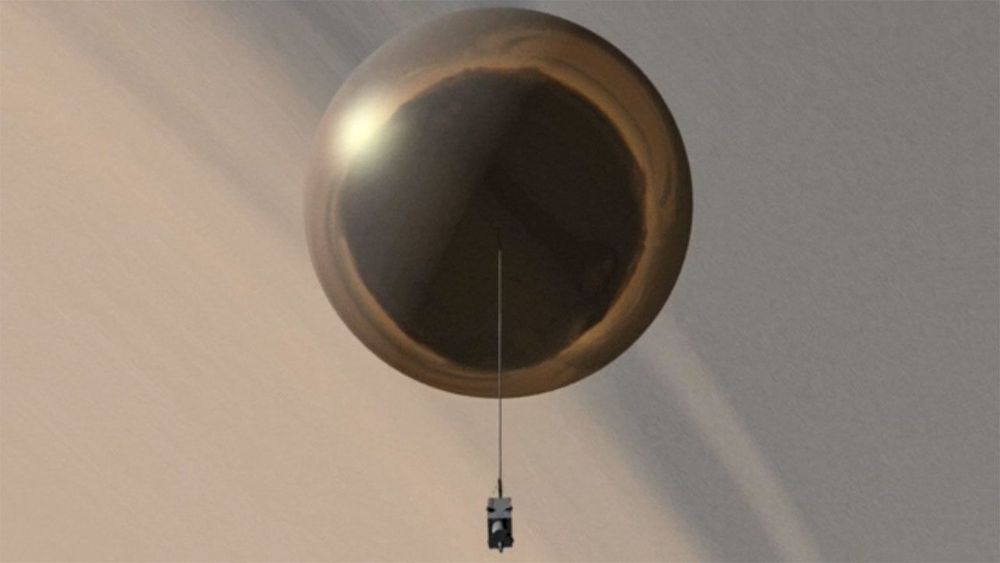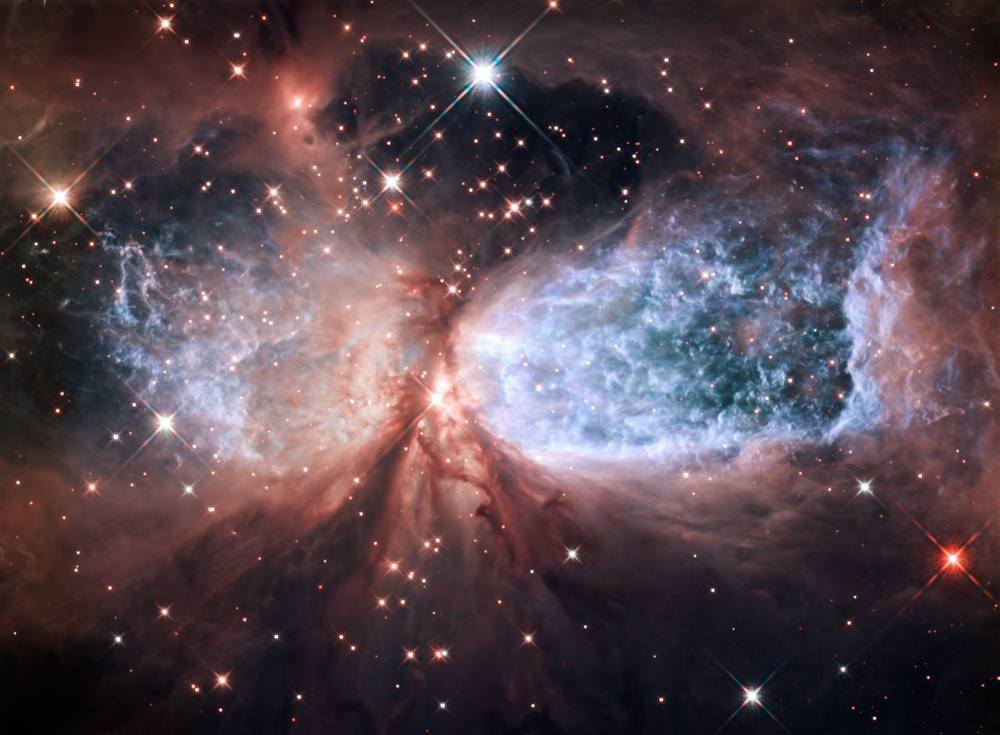2019 is featuring five eclipses, a rare planet transit, one of the best meteor showers and a super blood wolf moon, but the fun doesn’t stop there.
The new year will also bring three supermoons, a blue moon, multiple meteor showers, close approach by the moon and Jupiter and several rocket launches.
Although we would love to talk about all of the extraordinary occurrences, these are our top events to watch for in the sky in 2019:

